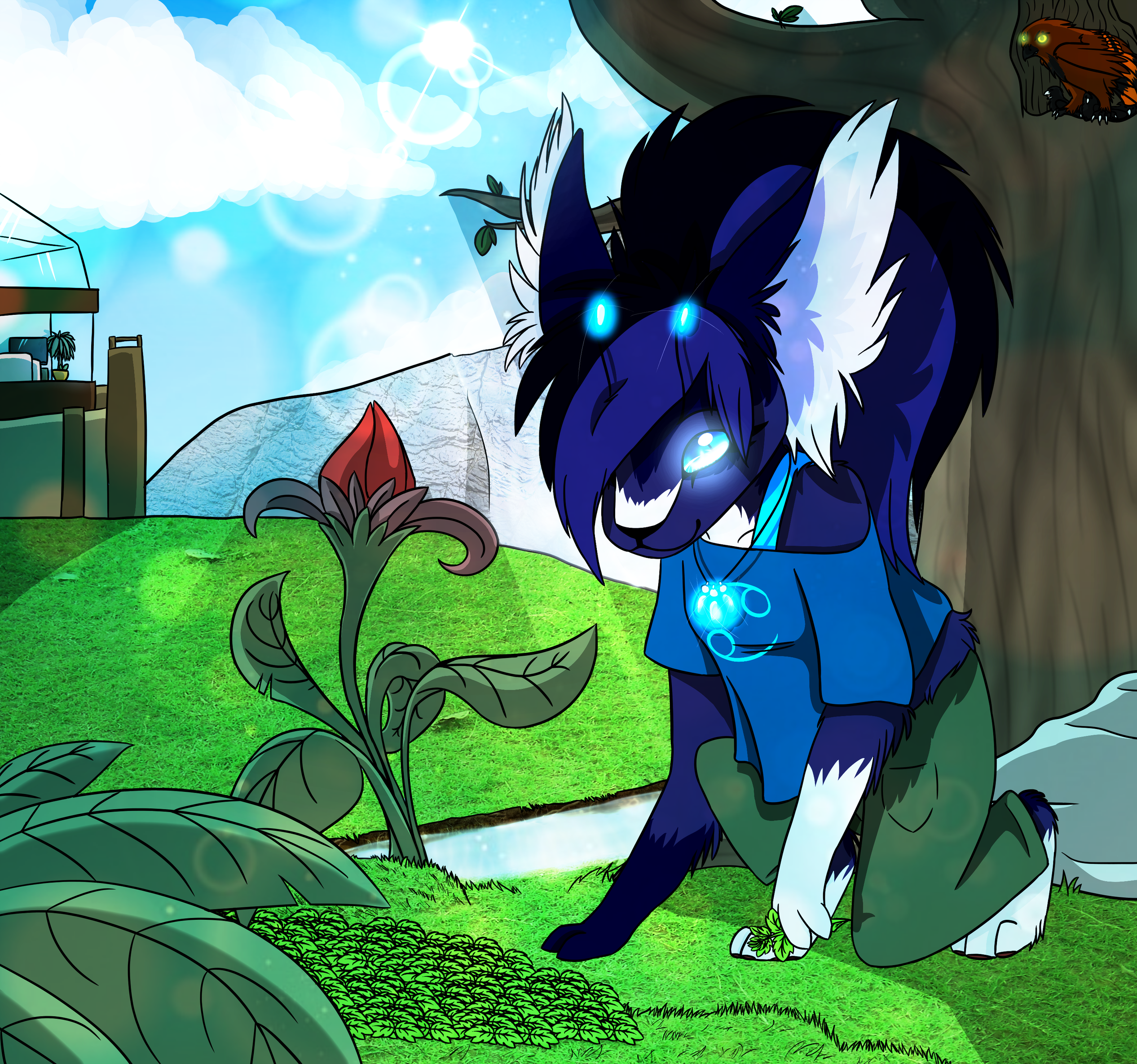

This exhibition addresses these and related ideas through the work of six leading contemporary artists: Brian Bress, Marta Chilindron, Liza Lou, Matt Saunders, Josh Tonsfeldt, and Penelope Umbrico. They also translate the three-dimensional physical world into flattened and fractured picture planes. They mark thresholds between private and public spaces, or divide sacred and profane realms. Beyond their familiar functions, screens can be seductive barriers, conveying confinement and intimacy in equal measure. Yet we often overlook the powerful ways they shape our vision, behavior, and beliefs. We stare at, touch, and communicate through their luminous surfaces. Exhibition summary: From iPhones to televisions to electronic billboards, screens saturate our daily lives. This publication accompanies the exhibition Screens: Virtual Material, on view at deCordova Sculpture and Museum. I also aimed to develop new knowledge on the work of a contemporary artist who has achieved a relatively high profile in the international art world but whose practice has received little serious or sustained art historical and theoretical analysis. First, I sought to investigate possible reasons for my own fascination with Mueck’s hyperrealist sculpture, an attraction to his work echoed by its popularity with the gallery‐going public. Two key aims have motivated this project. I will argue that Mueck’s oeuvre can be read as a reaction to and a reflection of the technologised, progressively unnatural being that is the posthuman subject, carving an uncanny space wherein the familiar and unfamiliar, the natural and the artificial, are in constant communion. The second stratum of uncanniness in Mueck’s work is tied to a much broader socio‐cultural field, inhabiting the vicissitudes of the human body in contemporary posthuman culture. Firstly, I investigate how certain formal, aesthetic and symbolic aspects of the works cultivate uncanny feeling in the spectator. Employing Freud’s renowned concept of ‘the return of the repressed,’ as well as his ideas about how the (con)fusion of categorical divisions between the familiar and foreign, the real and imaginary triggers uncanny feeling, I examine how Mueck’s art generates uncanniness on two distinct levels. This study forges a nexus between Mueck’s oeuvre and Sigmund Freud’s psychoanalytic theory of the uncanny in order to ascribe deeper conceptual import to the artist’s work. This art theoretical neglect seems to hinge on the microscopic verisimilitude of Mueck’s figurative sculptures, for while some art critics venerate the virtuosity of his technique others diagnose his hyperreal style as populist and conceptually impoverished. While popular with the gallery‐going public, the hyperrealistic sculpture of contemporary Australian artist Ron Mueck rarely attracts the attention of prominent visual art theorists.


 0 kommentar(er)
0 kommentar(er)
